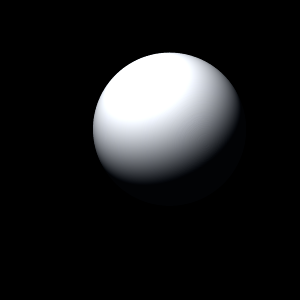|
|
Space Astro
|
Info for exoplanet "Yang-wans"
| Scientific (actual) data |
|---|
| Name | HD 95086 b |
| Planet status | Confirmed |
| Planet mass | 4.5 |
| Orbital period | 25907.7 |
| Semi major axis | 51.45 |
| Orbit eccentricity | 0.16 |
| Inclination | 106 |
| Angular distance | 0.57 |
| Discovered | 2013 |
| Updated | 2025-08-16 |
| Temp measured | 1050 |
| Log g | 3.85 |
| Publication | Published in a refereed paper |
| Detection type | Imaging |
| Mass measurement type | Spectrum |
| Alternate names | RMU 1 b |
| Star name | HD 95086 |
| Right ascension | 164.26° |
| Declination | -68.67° |
| Mag v | 7.36 |
| Star distance | 90.4 |
| Star metallicity | -0.25 |
| Star mass | 1.6 |
| Star radius | 1.33 |
| Star sp type | A8V |
| Star age | 0.013 |
| Star temperature | 7750 |
| Star detected disc | Imaging |
| Star alternate names | RMU 1 |
| Wikipedia article | HD 95086 b |
Back
| |
| Fictional info (?) |
|---|
| Suggested name | Yang-wans |
| Planet type | Large cold gas giant |
| It may have had sulfur dioxide oceans in the past, but these would have vaporized as the temperature rose due to a runaway greenhouse effect.
The outer atmosphere is visibly segregated into several bands at different latitudes, resulting in turbulence and storms along their interacting boundaries.
Its north and south poles, therefore, lie where most other planets have their equators. |
| Atmosphere | Carbonyl sulfide | 83% |
| Nitrogen | 13% |
| Sulfur dioxide | 3.4% |
| Nitric oxide | 1.0E-6% |
| Atmospheric pressure | 60 bar |
 |
| No known satellites |
| Google search for Yang-wans |
|
Website by Joachim Michaelis
|
|
|
|